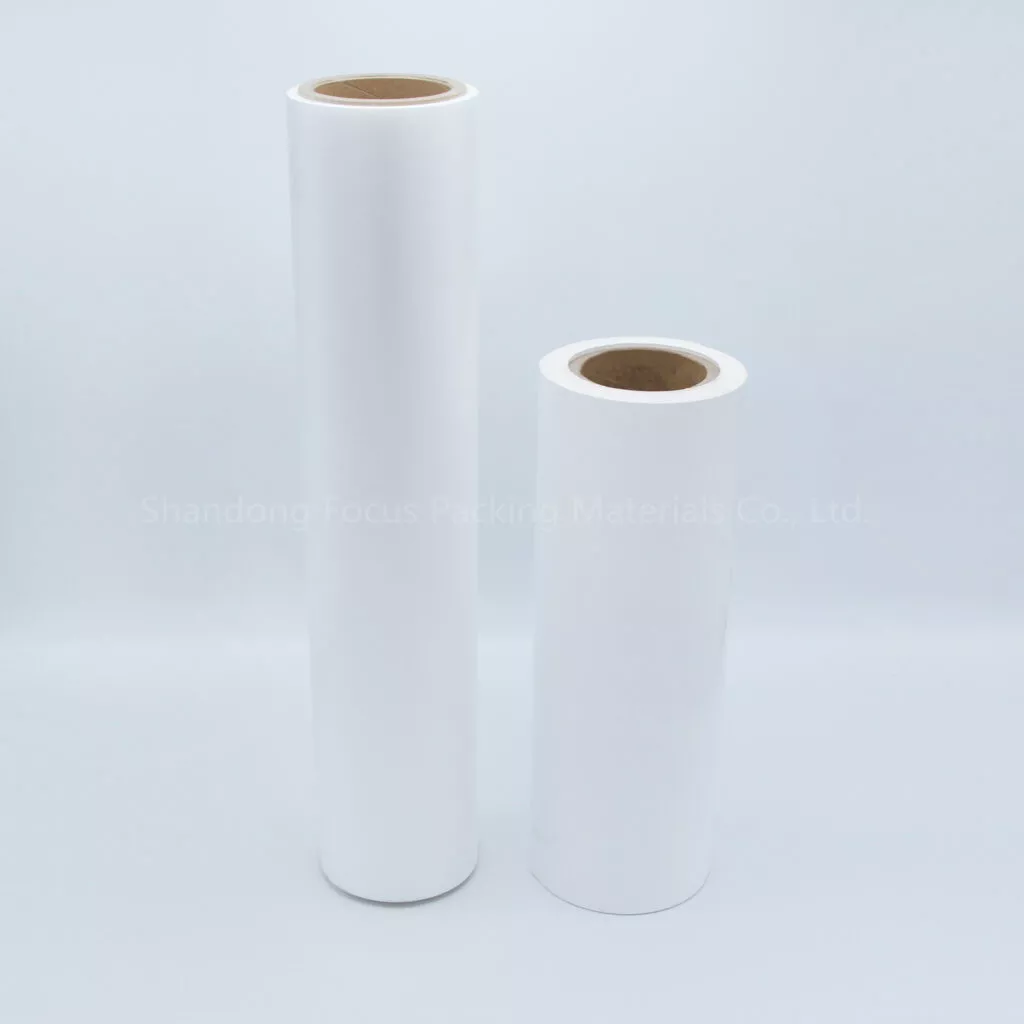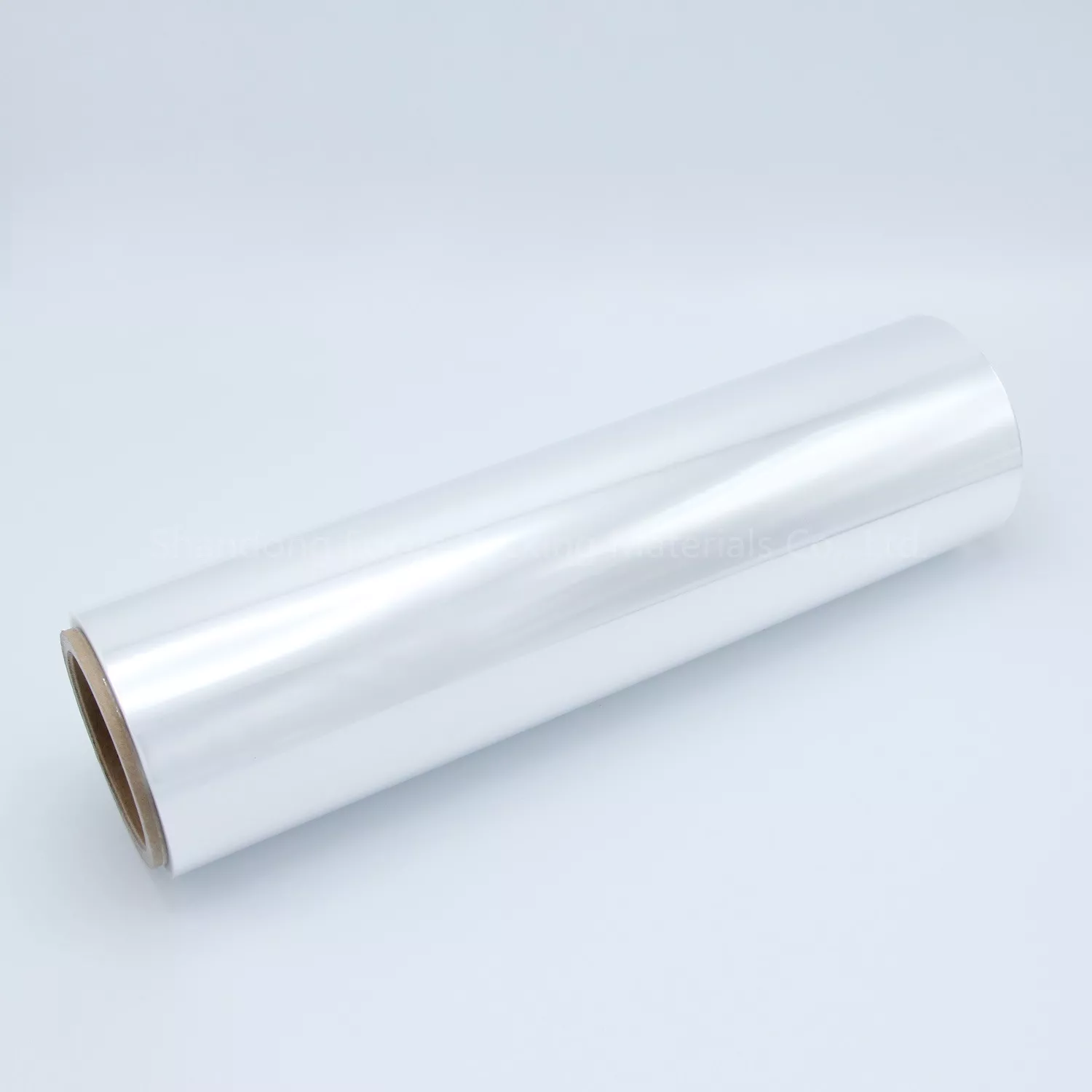Biaxially oriented (oriented) films, after being extruded and blown into thick films, are rapidly cooled to a commercial elastic state, and then stretched longitudinally and transversely in a high elastic state. The stretching results not only make the film thinner macroscopically, but also induce a uniform arrangement of polymer molecules in the stress direction at the microscopic level, known as orientation (or orientation). The orientation of polymer molecules greatly improves the physical and mechanical properties of polymers, allowing for the use of thinner films or products with smaller wall thicknesses to achieve many times higher mechanical strength. On the basis of saving polymer materials, high packaging performance can be obtained, meeting packaging requirements. Therefore, although it was only developed in the 1970s, it has developed rapidly and is the most important packaging material in soft plastic packaging and hollow container packaging. It must be pointed out that biaxially oriented films lose their heat sealing properties, and although their tear strength is slightly improved, the secondary tear strength is greatly reduced, and a slight force can tear the entire film. For this reason, the knife used for biaxial oriented film slitting must be very sharp, with a neat and flat cut without any cutting marks. Otherwise, it cannot be printed on a printing machine or laminated on a laminating machine, and is prone to tearing and cracking due to tension. The BOPP film produced using heat sealable BOPP special materials has certain heat sealing properties, usually a blend or copolymer containing rubber or low melting point pellets.







